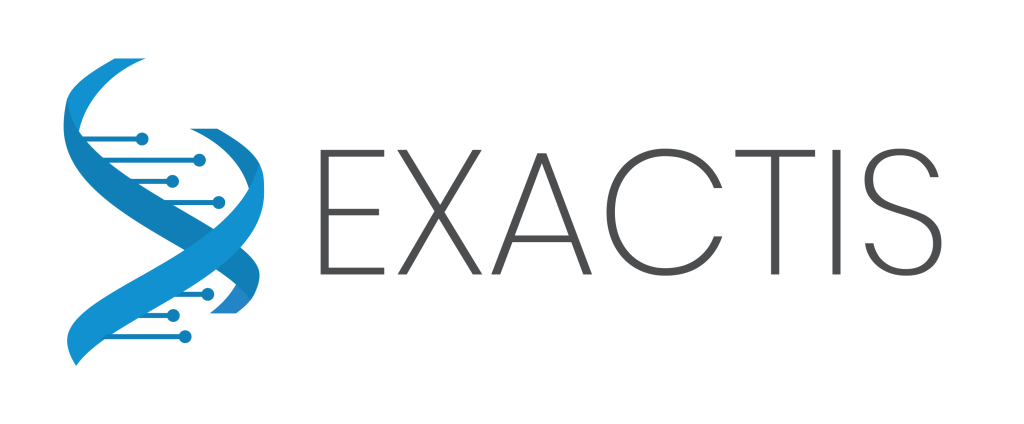PUBLICATIONS > San Antonio Breast Cancer Symposium, December 2023
5-9 December 2023
San Antonio Breast Cancer Symposium
Circulating tumor DNA after neoadjuvant chemotherapy is a better prognostic test than Residual Cancer Burden in patients with triple negative breast cancer and residual tumor
Talia Roseshter 1,2, Anna Klemantovich 1, Luca Cavallone 1, Josiane Lafleur 1, Cathy Lan 1, Oluwadara Elebute 3, Sarah Jenna 3, Touhidur Rashid 4, Jean-Francois Boileau 5,1, Manuela Pelmus 6, Rossanna Pezo 7, Muriel Brackstone 8, Terry Ng 9, Adriana Aguilar-Mahecha 1, Mark Basik 1,4
1 Segal Cancer Center, Lady Davis Institute, Jewish General Hospital, Montreal, QC, Canada
2 Department of Experimental Medicine, McGill University, Montreal, QC Canada
3 My Intelligent Machines, Montreal, QC, Canada
4 Exactis Innovation, Montreal, QC, Canada
5 Department of Surgical Oncology, McGill University, Montreal, QC, Canada
6 Department of Pathology, Jewish General Hospital, Montreal, QC, Canada
7 Sunnybrook Hospital, Toronto, ON, Canada
8 Lawson Health Research Institute, London, ON, Canada
9 Ottawa Hospital Research Institute, Ottawa, ON, Canada
Introduction
The most aggressive form of breast cancer is triple negative breast cancer (TNBC), so called because these tumors do not express estrogen, progesterone, or HER2 receptors. About half of TNBCs treated with neoadjuvant chemotherapy (NAC) will have a residual tumor at surgery (non-pathological complete response or non-pCR), signaling chemoresistance and poor prognosis. Further adjuvant chemotherapy (Xeloda) results in improved survival in about 15% of non-pCR patients. Circulating tumor DNA (ctDNA), a plasma-based biomarker, reveals real-time data about disease/treatment progression. We have previously shown that ctDNA detection after NAC and prior to surgery signals poor prognosis in TNBC patients using an academic hospital-based tumor bespoke assay. To validate and extend these results, we performed ctDNA measurements at 4 time points in non-pCR TNBC patients participating in our TRICIA study (NCT04874064).
Methods: Personalized ctDNA assays in Academic Hospital Based Setting
- TNBC patients with residual tumor at time of surgery (non-pCR) were selected
- Whole exome sequencing (WES) was performed on residual tumor and normal control samples
- Variants for digital droplet PCR (ddPCR) assay design were selected from WES data using pre-defined criteria
- 5 personalized assays were designed and optimized for each patient
- Extracted ctDNA from plasma samples was pre-amplified prior to performance of ddPCR
- Normal plasma pool and buffy coat DNA for each patient were used as negative controls; tumor DNA, before NAC treatment plasma (if applicable) and metastatic plasma samples (if applicable) were used as positive controls
- Variant was considered detectable if the Fractional Abundance (FA) of the mutant allele in the sample was higher than the average FA of the mutant allele in the normal control plus 2 Standard Deviations.
- Patients with ≥1 detectable mutation were considered ctDNA positive for each time point analyzed
Summary
- ctDNA detection at T1 (prior surgery) is the strongest prognostic factor of our 4 time points for both RFS(p<0.0001) and OS(p=0.002). Only 5% of patients with non-detectable ctDNA at T1 developed tumor relapse, whereas 69% with detectable ctDNA at this time point relapsed.
- The detection of ctDNA discriminates patients with poor and good prognosis in RCB 2 and RCB 3 subgroups.
Conclusion
- Personalized ctDNA testing in an academic hospital-based setting identifies an extremely good prognostic group in TNBC patients with non-pCR.
- The detection of ctDNA may be a more powerful prognostic factor than RCB score.
Acknowledgements
Off-site Co-ordinators: Nathalie Tremblay, Kalan Lynn, Donna Morgan.
Technical support: Lilian Canetti
